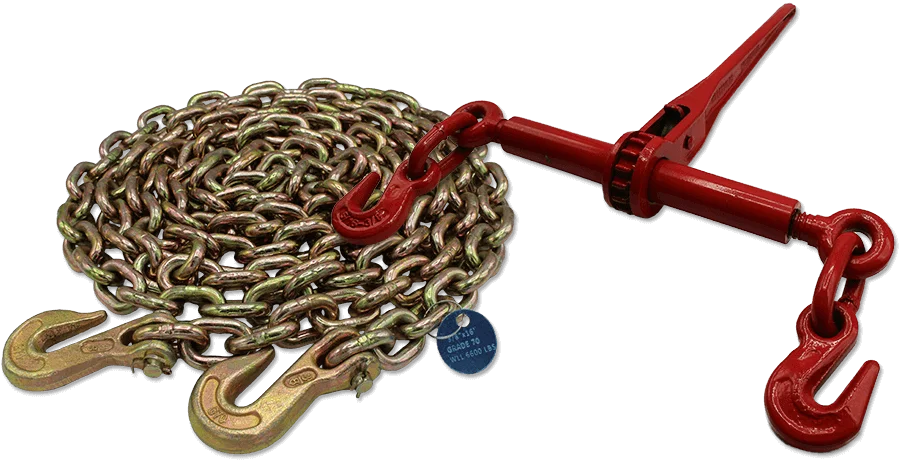DNP news
Blog
Significance of Working Load Limit

Understanding the Importance of Working Load Limit (WLL) in Chain Binders
In the realm of heavy haul and flatbed transportation, the term “Working Load Limit” (WLL) carries significant weight, quite literally. Often confused with breaking strength or tensile strength, WLL stands apart as a crucial factor in ensuring safe and efficient load-securing practices.
Breaking strength denotes the maximum stress a product can endure before succumbing to failure. On the other hand, WLL, determined by manufacturers, represents the maximum force a product can safely withstand during usage. Typically, the WLL is conservatively set, ranging from one-fifth to one-fourth of the breaking strength.
When multiple components come into play, such as a ratchet combined with a chain, the WLL of the entire assembly is dictated by the lowest-rated component. For instance, if a chain binder boasts a WLL of 9,200 lbs, and it’s paired with a chain having a WLL of 6,600 lbs, the maximum force applicable to the combination becomes 6,600 lbs—the working load limit of the chain.
Mathematically, the WLL can be expressed as a fraction of the breaking strength, typically around 20%:
Working Load Limit = Breaking Strength * 0.2
For example:
6,000 lbs = 30,000 lbs * 0.2
Chain binders have emerged as indispensable tools within the transportation industry, safeguarding loads during transit. Truck drivers, entrusted with this responsibility, must adhere to proper securing protocols to mitigate risks. Failure to do so can result in a cascade of adverse consequences, including fines, load damage, and worst-case scenarios, threats of injury or even fatality.
In essence, comprehending and adhering to the Working Load Limit specifications not only ensures regulatory compliance but, more importantly, prioritizes the safety of both the cargo and individuals involved in the transportation process.




